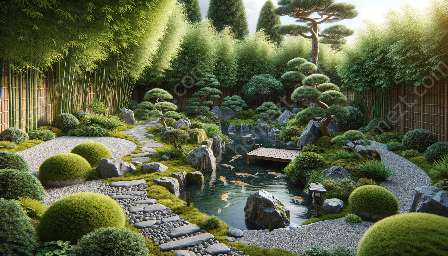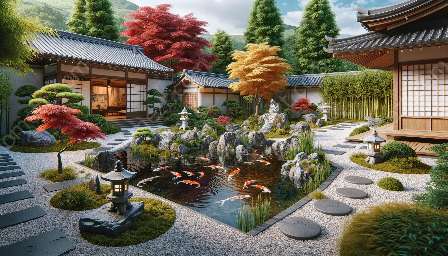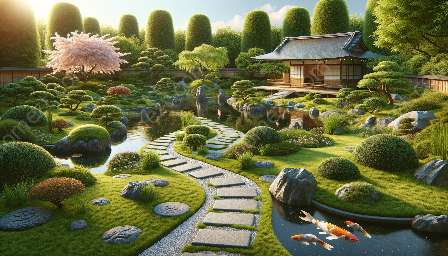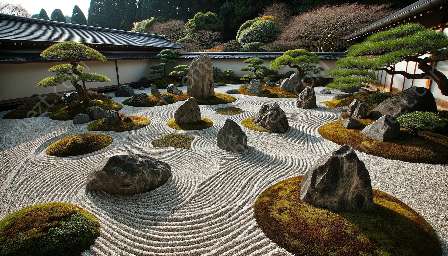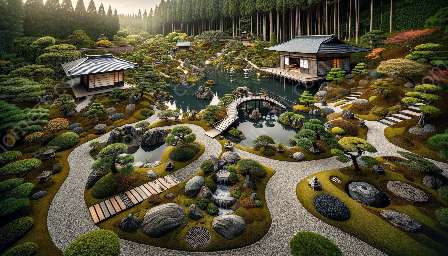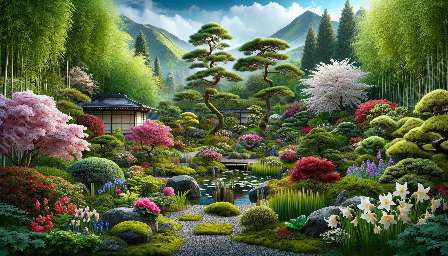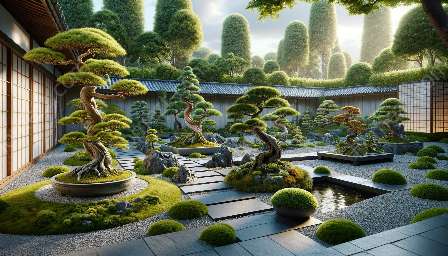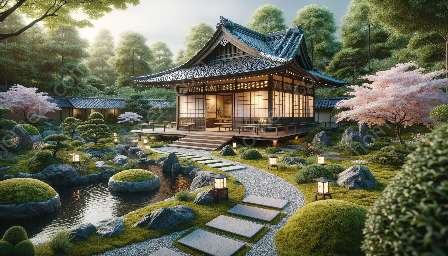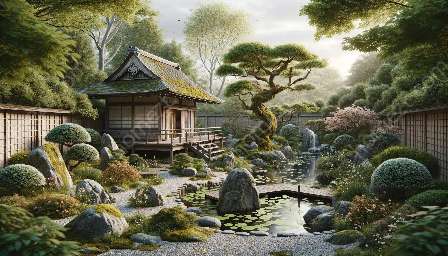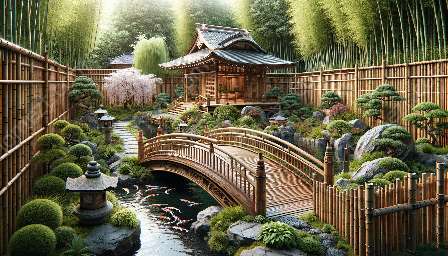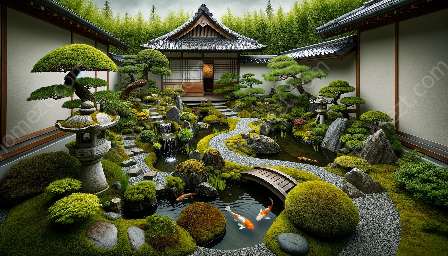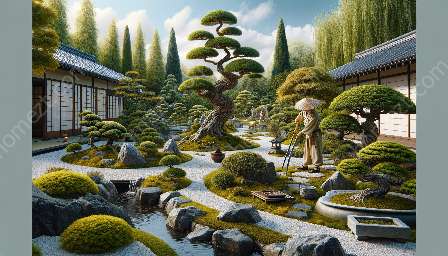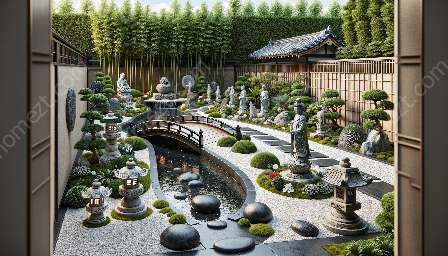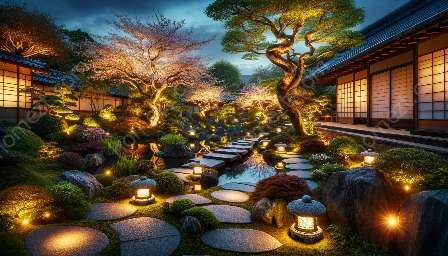Small Japanese gardens are a perfect embodiment of harmony, tranquility, and beauty. In this comprehensive guide, we will explore the essential planning and layout principles for creating stunning small Japanese gardens. From the fundamental principles of Japanese garden design to practical tips for optimizing space, this cluster will provide insights and inspiration for designing your own serene oasis. Let's dive into the captivating world of small Japanese garden planning and layout!
Understanding Japanese Garden Design and Principles
Japanese garden design is deeply rooted in tradition and symbolism, reflecting the natural landscape of Japan in a harmonious and meditative way. The key principles of Japanese garden design include:
- Harmony (Wa): Achieving a peaceful balance between all elements in the garden, creating a sense of unity and tranquility.
- Simplicity (Kanso): Embracing simplicity and minimalism to create a serene and uncluttered garden space.
- Naturalness (Shizen): Mimicking and representing natural landscapes through carefully curated plantings, rocks, and water features.
- Seasonality (Sekietsu): Celebrating the changing seasons through the use of plants and materials that reflect the cyclical nature of nature.
Essential Planning Principles for Small Japanese Gardens
When planning a small Japanese garden, it's crucial to consider the following principles to ensure a harmonious and aesthetically pleasing design:
1. Embrace Simplicity and Minimalism
Small Japanese gardens thrive on simplicity. Limit the number of elements and focus on creating a well-balanced composition that allows for contemplation and relaxation.
2. Create Focal Points
Introduce focal points such as a carefully placed rock, a lantern, or a contemplation area to draw the eye and establish a sense of tranquility within the space.
3. Utilize Natural Materials
Choose natural materials like stone, gravel, and wood to evoke the essence of nature and create an authentic Japanese garden atmosphere.
4. Mindful Plant Selection
Select plants that are well-suited to a small garden environment, ensuring they are in harmony with the overall design and complement the seasonal variations of the space.
5. Incorporate Water Features
Introduce a small water feature, such as a pond or a tsukubai (stone water basin), to bring a soothing and reflective element to the garden.
Optimizing Space and Layout
Small Japanese gardens require careful consideration of space and layout to maximize their potential. The following tips will help you make the most of your garden area:
1. Use Vertical Space
Utilize vertical elements like bamboo fences, trellises, and carefully pruned trees to create visual interest and make the most of limited ground space.
2. Introduce Pathways
Curving pathways made of gravel or stepping stones can guide visitors through the garden, enhancing the sense of tranquility and discovery.
3. Balance Hard and Soft Elements
Strike a balance between hard landscaping features (rocks, stepping stones) and soft elements (moss, ornamental grasses) to create a visually appealing and dynamic space.
4. Consider Negative Space
Embrace negative space (ma) to create a sense of openness and serenity, allowing for contemplation and appreciation of the surrounding elements.
Incorporating Principles into Your Garden
By incorporating these planning and layout principles for small Japanese gardens into your design, you can create a serene and captivating outdoor sanctuary. Whether you're working with a small urban space or a cozy backyard, Japanese garden design principles can be adapted to suit various environments while maintaining the essence of tranquility and harmony.
Now, armed with a deeper understanding of the essential principles of small Japanese garden planning and layout, you're ready to embark on the journey of creating your own captivating and harmonious oasis. Embrace the beauty of Japanese garden design and principles as you craft a space that reflects the timeless serenity of traditional Japanese gardens.

